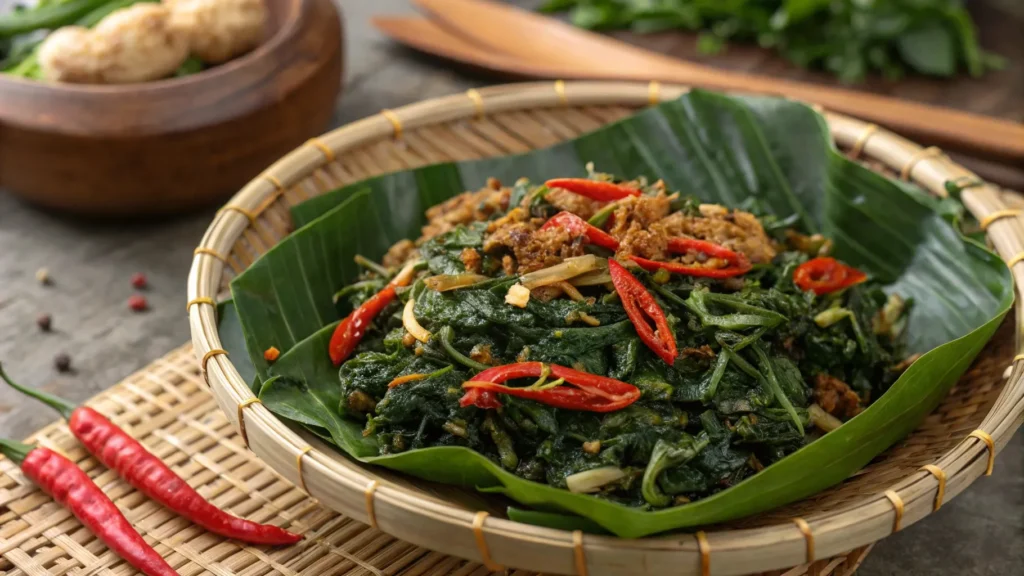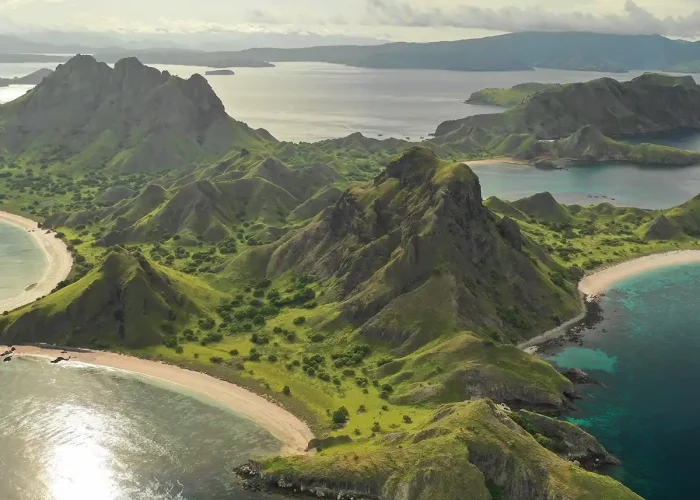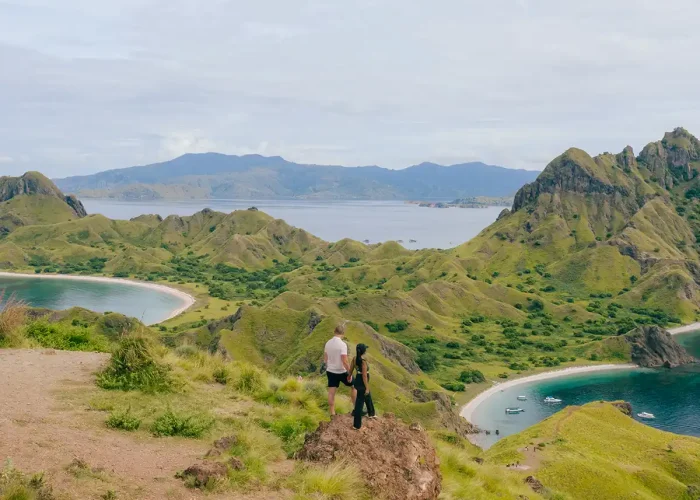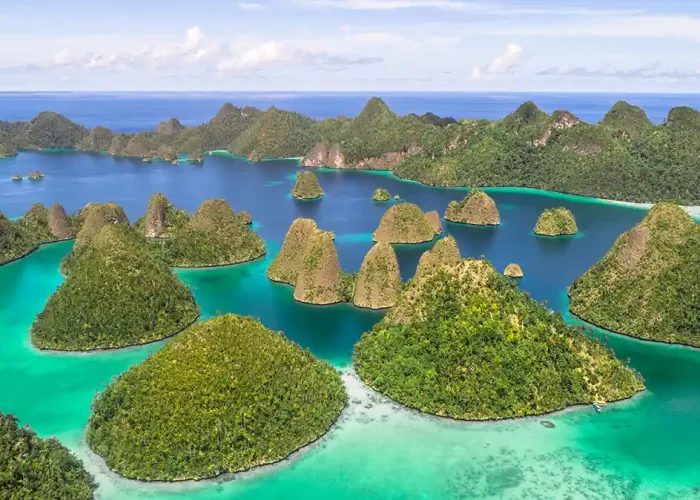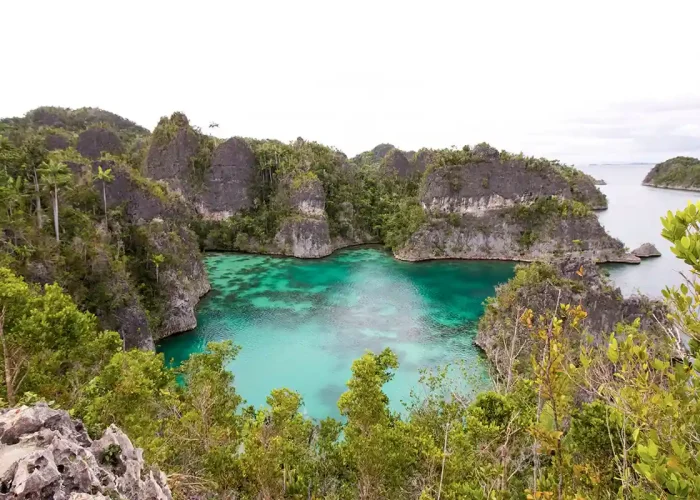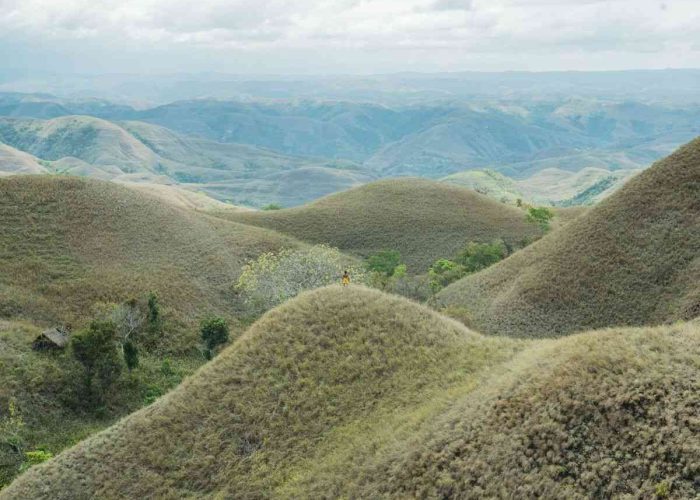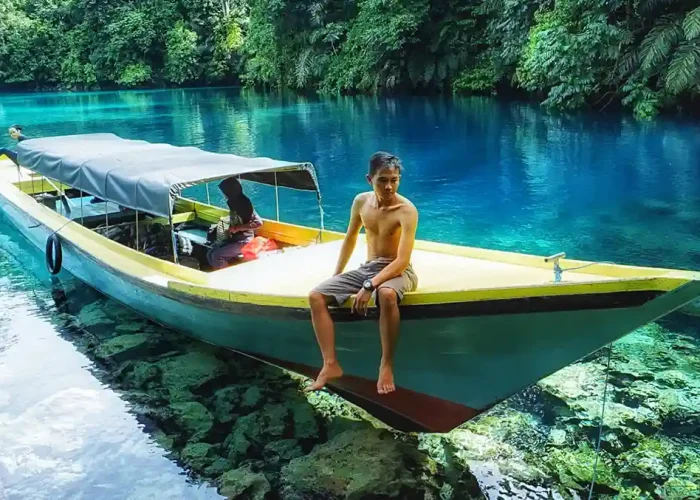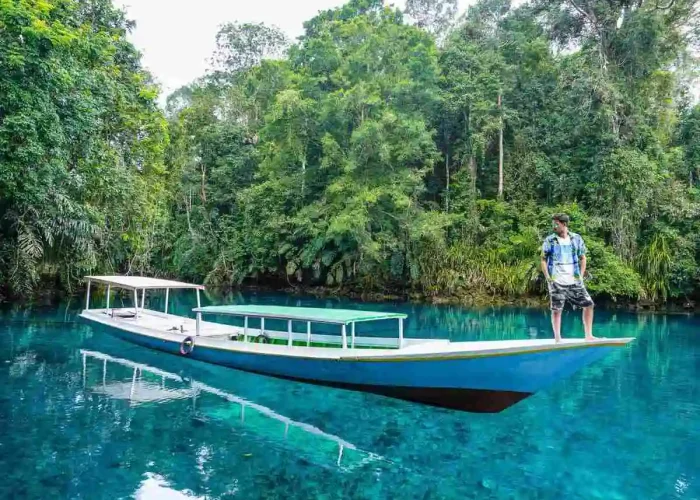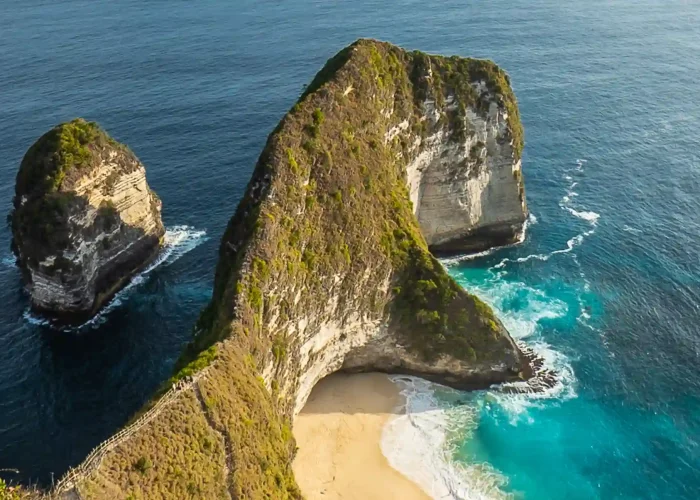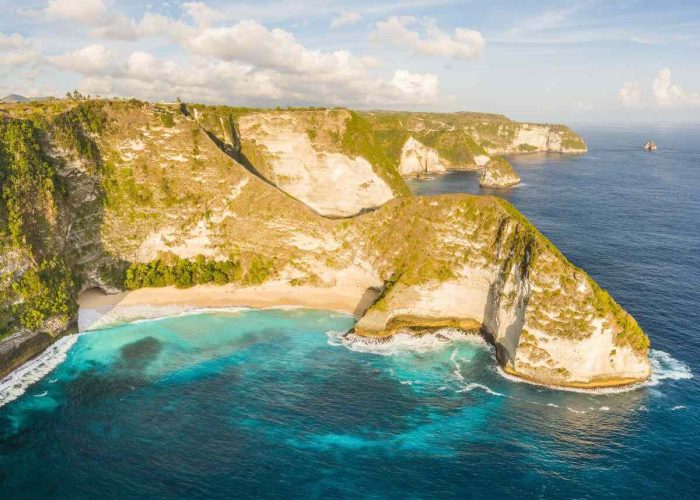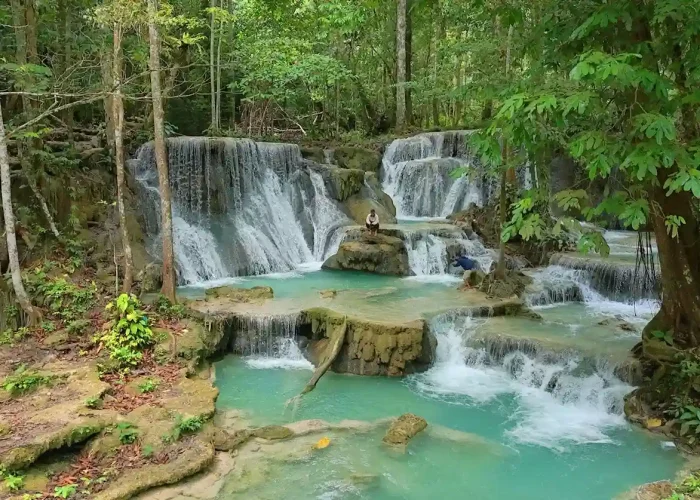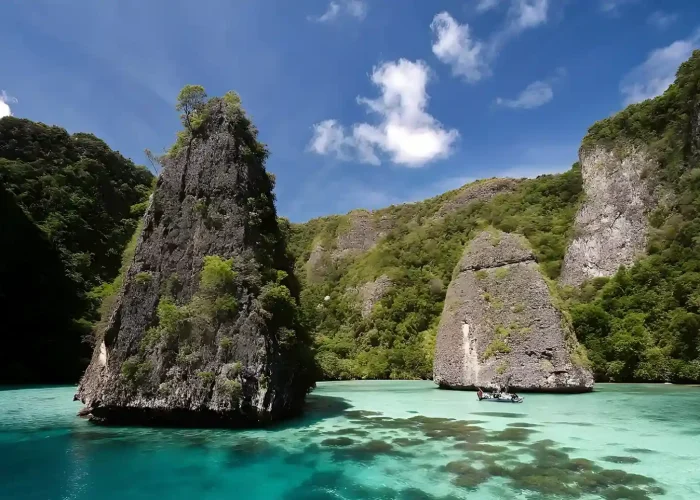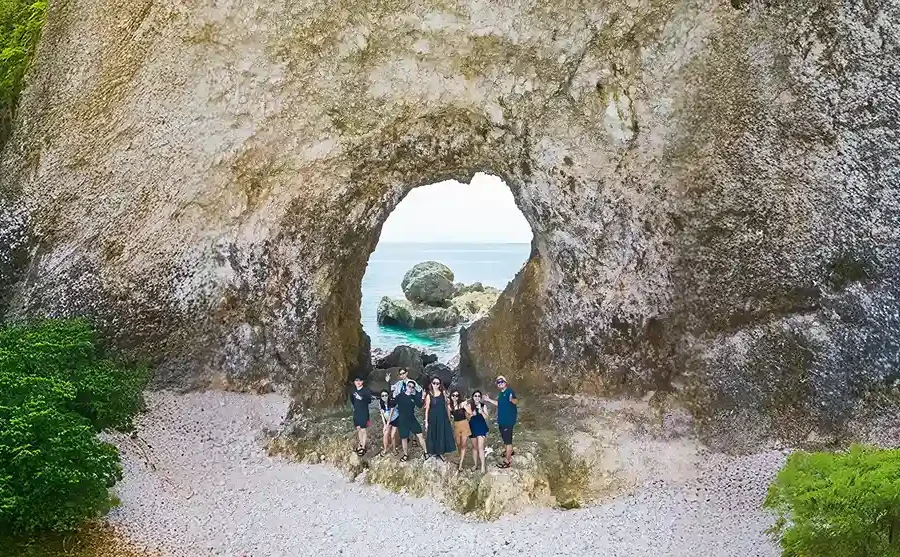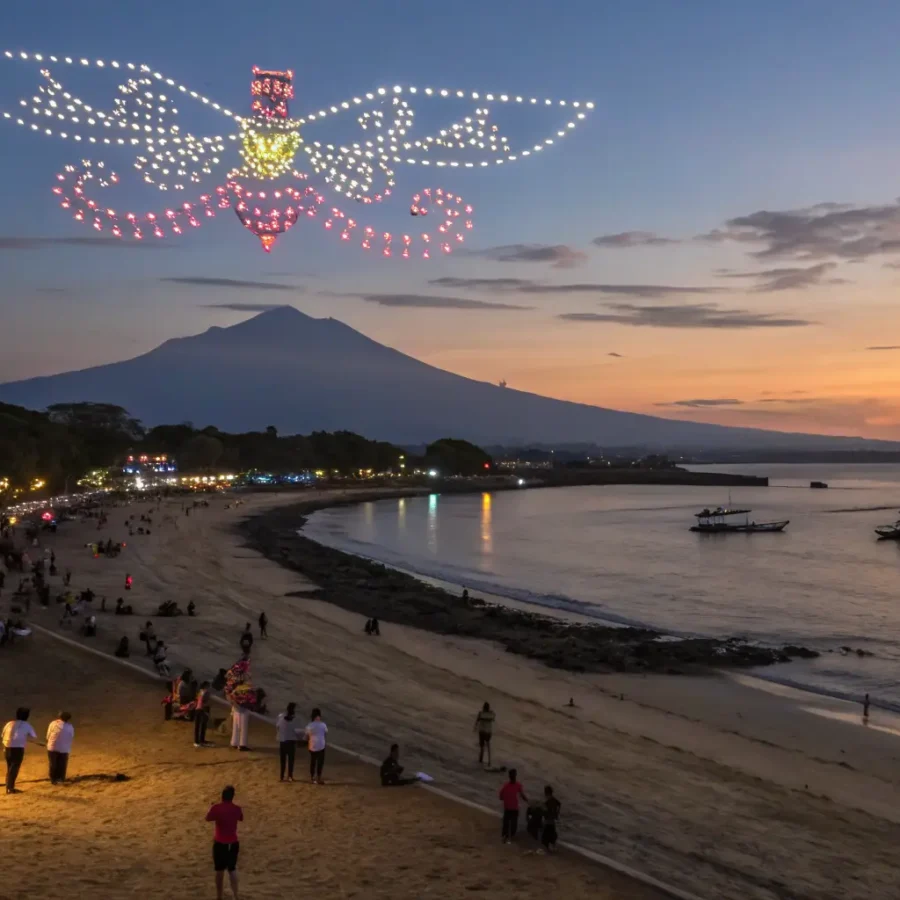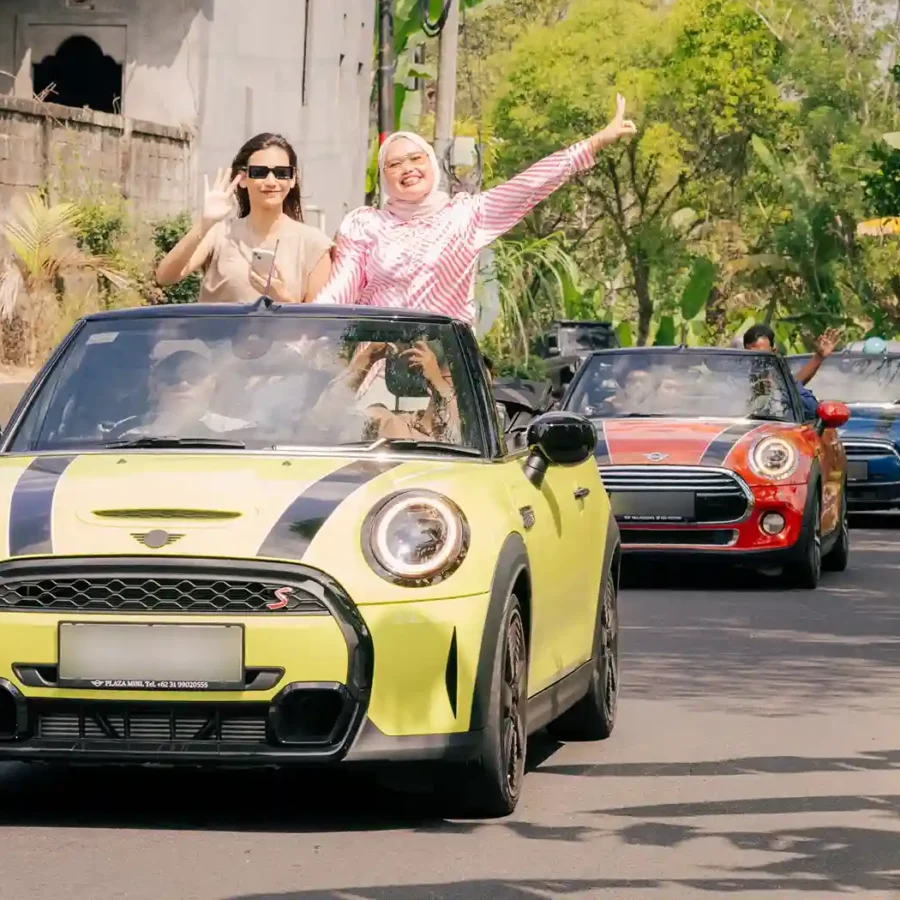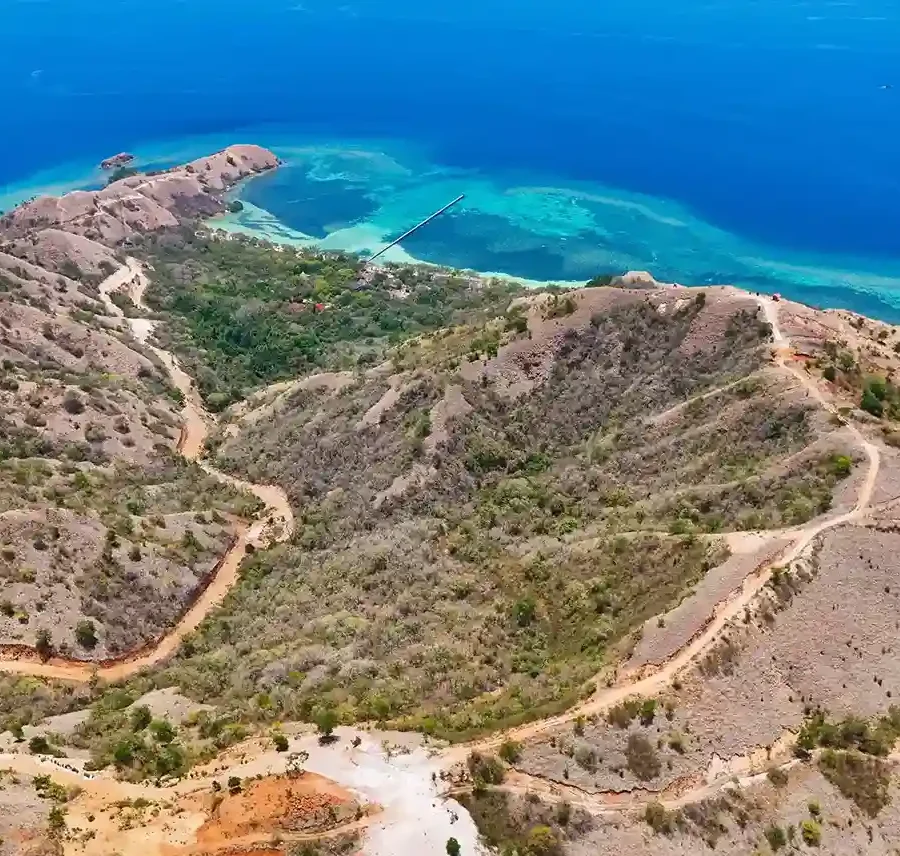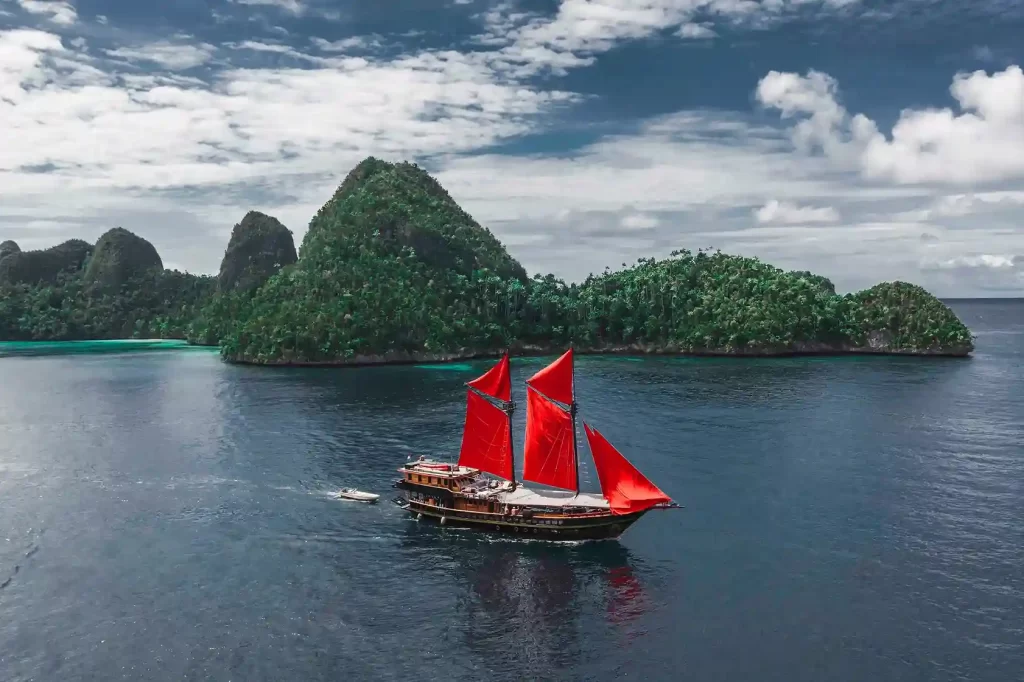You might be wondering, “What are the must-try traditional dishes from Manggarai when traveling to Labuan Bajo?” Manggarai, a regency on Flores Island, East Nusa Tenggara, isn’t just popular for its natural wonders like Labuan Bajo or Komodo National Park. This region also boasts a culinary scene you simply can’t miss.
While you might be familiar with dishes like soto, rendang, or fried rice, Manggarai offers a whole new world of flavors. Its traditional foods aren’t just delicious, but they also tell a story about the culture and heritage of the area. Curious? Let’s dive in and explore these unique dishes!
Table of Contents
The History and Culture Behind Manggarai’s Cuisine
Manggarai is home to various ethnic groups with distinct dialects and customs, but one thing that unites them is their sense of community and respect for nature. This spirit of harmony plays a big role in shaping the flavors of Manggarai’s food. For generations, the locals have relied on natural ingredients found around them, such as corn, cassava, wild vegetables, and seafood.
Due to Manggarai’s strategic location in western Flores, traders from other islands also passed through and influenced the way local dishes are spiced and prepared.
For the people of Manggarai, cooking is as important as their traditional ceremonies. Food isn’t just about filling the stomach; it’s a form of gratitude to the Creator. For example, during harvest festivals, dishes like Tapa Kolo, a bamboo-cooked rice, are prepared to celebrate joyful moments. Weddings and other traditional festivals are also marked by communal cooking, with everyone in the village getting involved.
When you try “Manggarai cuisine,” you’ll instantly notice the freshness of the ingredients. In the villages, locals still practice traditional farming methods, using the fertile land and unique climate of Flores. Crops like corn, cassava, coconut, and various vegetables grow abundantly. Even the spices and herbs come directly from their gardens, which makes the food taste so authentic and natural. This respect for nature is what makes Manggarai cuisine not only delicious but also healthy and meaningful.
A List of Must-Try Traditional Dishes from Manggarai
When you’re traveling, one of the best activities is trying the local food. In Manggarai, you’re in for a treat as the variety of dishes is diverse and full of surprises. From bamboo-cooked rice to traditional snacks, each dish offers a unique flavor that’s a must-try. If you’re an adventurer in the world of taste, here’s a list of Manggarai dishes that should definitely be on your bucket list.
1. Tapa Kolo (Bamboo-Cooked Rice)

Tapa Kolo Manggarai | IndonesiaJuara Trip
Tapa Kolo is a type of rice cooked inside bamboo. The preparation process is quite unique: the rice is mixed with a bit of seasoning, placed inside a young bamboo stalk, and then grilled until perfectly cooked. The result? The distinctive bamboo aroma, fluffy rice texture, and savory taste that will keep you coming back for more. Tapa Kolo is typically served with spicy or soupy side dishes. It used to be a dish commonly served at traditional events such as harvest festivals or weddings.
2. Rumpu Rampe
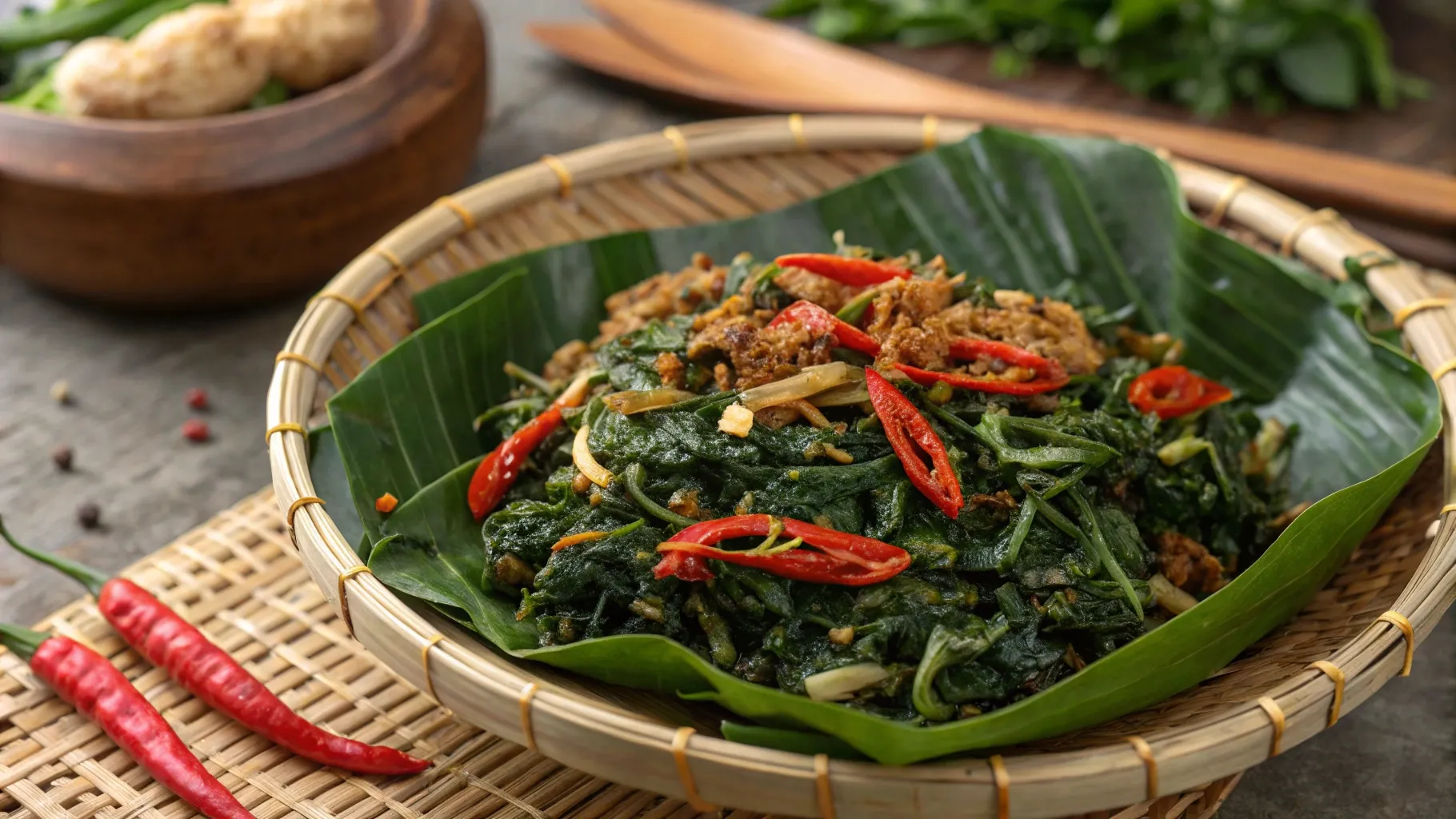
Rumpu Rampe Manggarai | IndonesiaJuara Trip
Rumpu Rampe is a mix of various green vegetables, like papaya leaves, cassava leaves, papaya flowers, and eggplant, chopped up and seasoned simply with salt, chili, and a bit of coconut oil. Don’t let the simplicity fool you—the combination of bitter, spicy, and savory flavors makes Rumpu Rampe the perfect side dish to accompany protein-rich meals like fish or chicken. If you’re into healthy dishes with a kick of spice, Rumpu Rampe is a must-try.
3. Catemak Jagung (Jagung Bose)
This dish is commonly known as Jagung Bose, but in Manggarai, it’s also called Catemak Jagung. It’s a dish made from white corn that is slow-cooked with beans like peanuts or mung beans. The flavor is fairly neutral, soft, and perfect for breakfast. The texture is thick because the corn and beans are cooked until they’re tender. Usually, Catemak Jagung is served warm and pairs wonderfully with dry dishes like salted fish or sautéed vegetables. It was once a staple food in Manggarai before rice became more widespread.
4. Rebok

Rebok Manggarai | IndonesiaJuara Trip
Rebok is a traditional snack made from rice or corn flour mixed with sugar and water, then steamed or baked until it becomes firm. It’s somewhat similar to dodol or jenang found in other regions, but Rebok has its own special twist. The taste is sweet and sticky, making it the perfect companion for tea or coffee in the afternoon. Manggarai locals often serve Rebok to guests as a warm welcome.
5. Ute Lomak
In some places, Ute Lomak is referred to as Manggarai’s version of “lawar” (a traditional Indonesian vegetable dish). The ingredients vary, but it typically includes papaya leaves, cassava leaves, banana hearts, and a base seasoning of candlenut or coconut. The unique cooking style involves chopping all the vegetables and seasoning them in such a way that the dish tastes fresh and vibrant. If you enjoy coconut-flavored dishes, Ute Lomak is a great choice because it often includes grated coconut to add a sweet and savory flavor. Ute Lomak is typically made with seasonal vegetables.
Read more: Festivals and Cultural Events in Labuan Bajo, You Can’t Miss!
6. Sombu

Sombu Manggarai | IndonesiaJuara Trip
Sombu is a dish with a long history. Before rice became popular, the people of Manggarai relied on Sombu as their staple food. It’s made from dried cassava, or as it’s called locally, koil. The koil is pounded into flour, then mixed with a coconut water solution (if needed) and grated coconut before being steamed for about 45 minutes. The result is a filling, chewy, and satisfying dish that’s perfect if you’re tired of eating rice all the time.
7. Lemet
Lemet is a traditional Manggarai dessert made from grated cassava mixed with Gola Malang (the local sugar of Manggarai) or regular sugar. The mixture is wrapped in banana leaves and steamed. The result is soft, sweet, and has the distinct aroma of banana leaves. The texture is slightly chewy, making it a perfect snack for breakfast or an afternoon treat.
8. Gola Malang (Gola Ndereng)
Gola Malang is a traditional sweetener from Manggarai made from tuak bakok (fermented palm sap). It’s cooked for a long time until it thickens, then molded into long rectangular blocks. The flavor is sweet with a strong caramel-like aroma. Gola Malang is used to make sweets like Lemet and Rebok and is also a great substitute for sugar in tea or coffee. For the people of Manggarai, Gola Malang is not just a sweetener, but a symbol of local wisdom in using natural resources.
9. Se’i Daging
Although Se’i is more commonly associated with other parts of NTT, Manggarai also has its own version of smoked meat. Typically made from thinly sliced pork or beef, seasoned with salt and simple spices, then smoked slowly over wood until fully cooked. The result is tender meat with a smoky aroma, perfect when paired with local sambal. If you’re in Manggarai, you must try their version of Se’i to compare it with the one from other regions.
10. Roti Kompiang

Kompiang Manggarai | IndonesiaJuara Trip
Roti Kompiang is a traditional snack from Manggarai, East Nusa Tenggara, popular in Labuan Bajo. It’s a flat round bread topped with sesame seeds, offering a crunchy exterior and a soft interior. Made from flour, milk, sugar, yeast, and sesame seeds, this snack has a unique flavor and is very affordable. Roti Kompiang is a great souvenir to bring back from Manggarai, especially from Labuan Bajo.
Tips for Enjoying Manggarai’s Traditional Dishes
Planning to visit Flores, especially Labuan Bajo? Make sure you don’t just focus on the natural attractions but also take the time to explore Manggarai’s culinary wonders. Here are some tips to make your culinary journey even more exciting:
- Best Time to Try: Mornings and afternoons are the best times to find traditional food in local markets or small warungs (street food stalls). If you want a special experience, try visiting during a traditional ceremony. That’s when you’re most likely to find Tapa Kolo or other dishes that aren’t available daily.
- Best Places to Eat: Small local warungs in Ruteng, Borong, or the outskirts of Labuan Bajo often serve authentic Manggarai food at reasonable prices. If you want the full local experience, try visiting the villages in the interior of Manggarai. You’ll get a taste of food that’s still prepared with recipes passed down through generations.
- Etiquette & Traditions: The people of Manggarai are very welcoming. If you’re invited to eat with them, it’s customary to at least try every dish that’s served. This is considered a sign of respect. When they say “eat more,” it’s an invitation to show hospitality, so if you can handle it, don’t hesitate to accept and have another serving!
- Flavor Variations: Don’t be surprised if you encounter bitter flavors in some vegetables or dishes. Manggarai people often use papaya leaves or cassava leaves, which can taste bitter. If you’re not a fan of spice, just tell the cook, “Don’t make it too spicy” before ordering, and they’ll adjust the heat level for you.
Read more: Solo Trip Labuan Bajo: A Must-Visit Paradise in Indonesia!
Let’s Enjoy Manggarai’s Culinary Adventure!
So, are you ready to dive into the world of Manggarai’s food? The cuisine here represents the rich natural resources and culture that have been preserved for centuries. Each dish not only offers a unique taste but also tells a story—whether it’s about tradition, cooking methods, or the journey of ingredients from the garden to the table. Manggarai isn’t just about Komodo Island or the beauty of Padar Island. Through its food, you can experience the life of its people up close.
If you’re planning a trip to Labuan Bajo or anywhere in Manggarai, don’t just focus on snorkeling, diving, or snapping Instagram-worthy pictures. Take the time to hunt for local dishes. So, are you ready to try Manggarai’s flavors firsthand? Plan your trip now, and don’t forget to go on a culinary adventure before or after your Labuan Bajo tour with IndonesiaJuara Trip!

